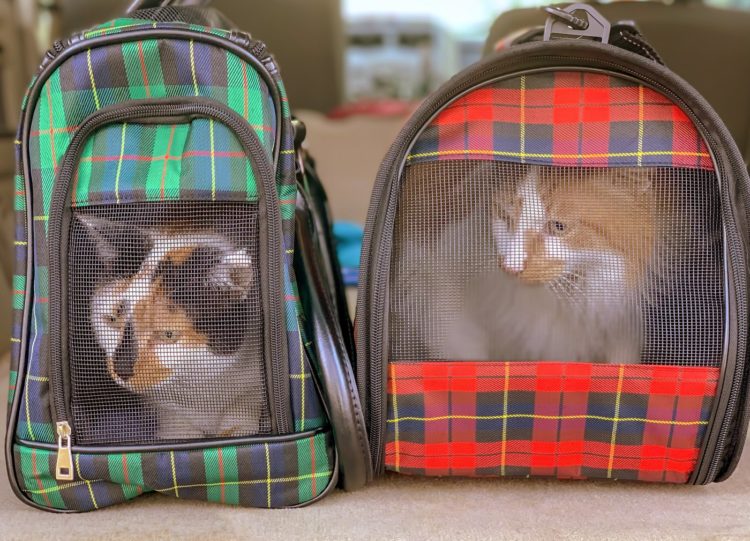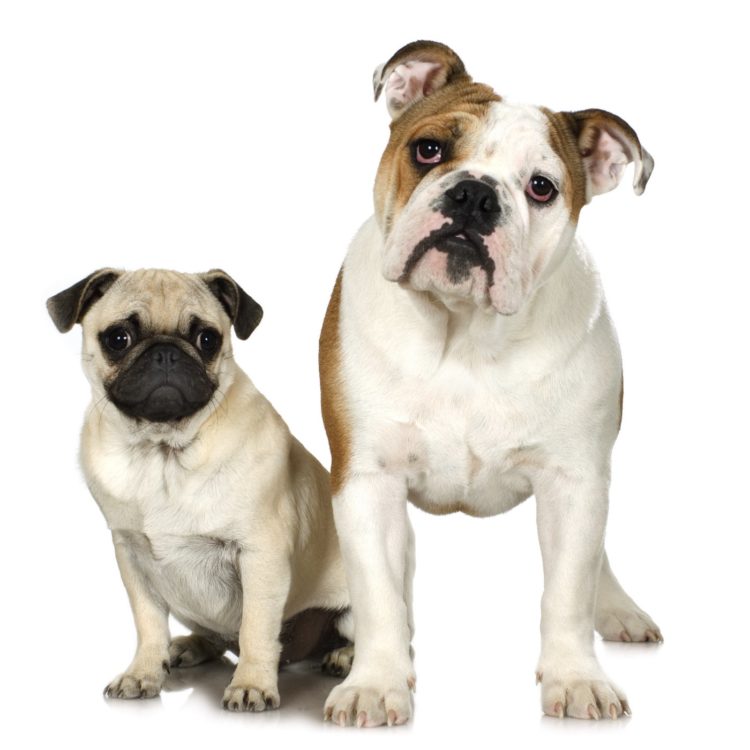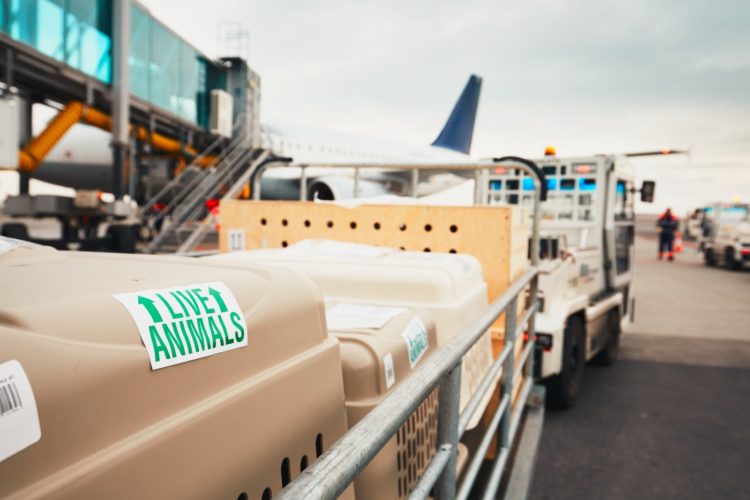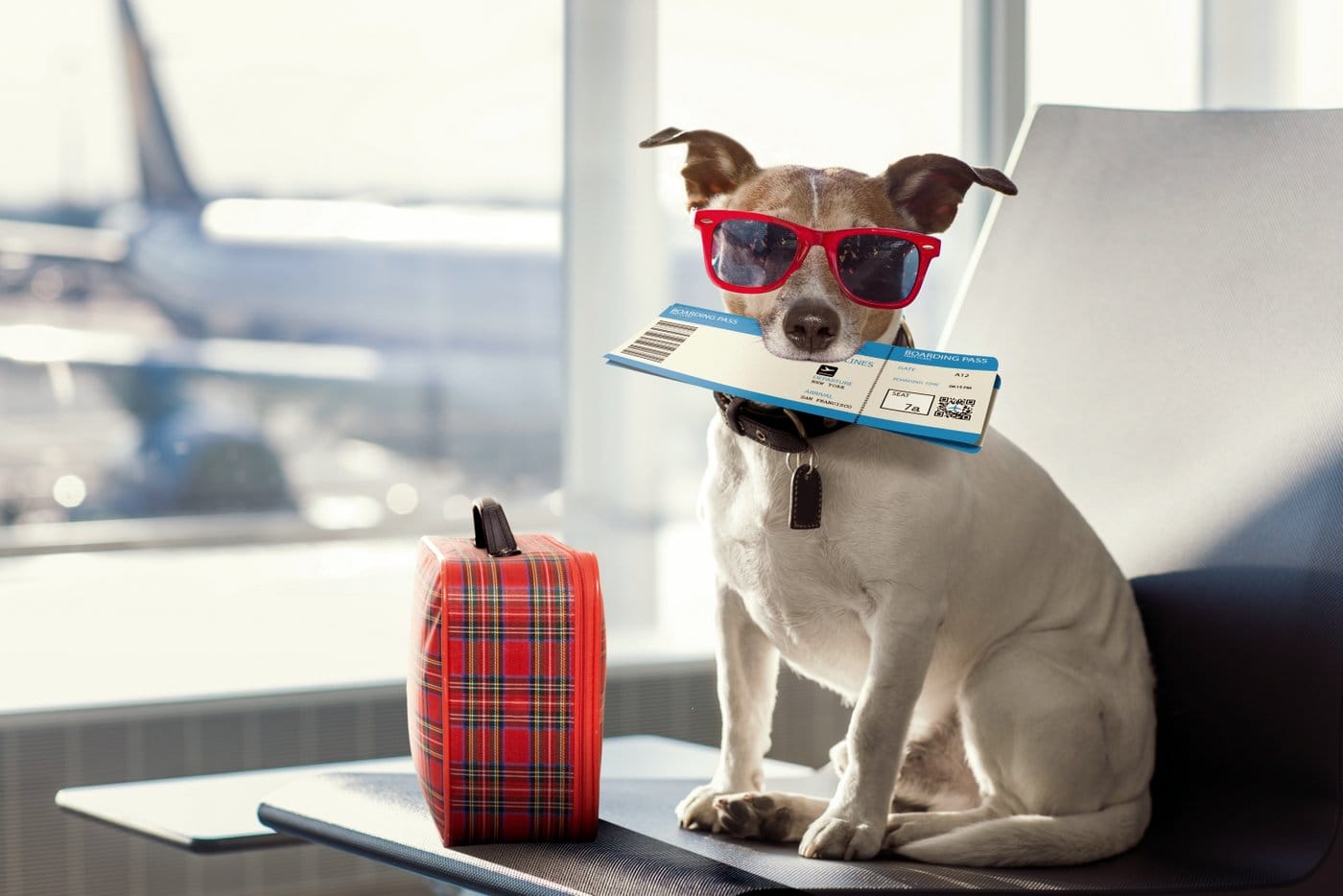What are the rules for flying with pets?
What are the rules and regulations for traveling on an airplane with a dog or a cat? Here’s a detailed look, along with direct links to the airline policies you need to know before booking a flight for or with your pets.
A little nervous about turning your cute little dog or cat into a jet-setter? You’re not alone!
Fortunately, with as many as two million critters flying the pet-friendly skies each year, the process is getting healthier and less stressful for pets each year. That said, as there are a lot of different requirements and restrictions that might vary from airline to airline, it’s a little more complicated for their owners than it used to be.
Typical requirements
Before your pet can fly, you will need to get a current health certificate from a licensed, accredited veterinarian (including proof of vaccination).
Airlines will typically not fly a pet younger than eight weeks of age — and will require proof of age.
Most vets no longer recommend sedation, which can affect your pet’s heart or breathing — and many airlines will refuse to fly sedated pets.
Your pet carrier must be large enough for the pet to stand, turn around, and lie down in a natural position. There are numerous other rules about carriers — including material type, ventilation needed, food and water accessibility, emergency access, etc. See United’s carrier guidelines here, American’s kennel requirements here, as well as some warnings from the USDA.

Can your pet jet?
TSA security procedures won’t keep you from bringing a pet on your flight — but you will have to check with the specific airline in question to see whether or not your pet can be carried on (in the main cabin), must go in the cargo area, or if he or she will even qualify for transport at all.
Not every carrier uses the same rules. For example, United has a program called PetSafe. “Pets are an important part of your family, and PetSafe is here to get your dog or cat where they need to be safely and comfortably. If your pet can’t travel in the cabin with you, you can use PetSafe to transport them to nearly 300 destinations.”
Common restrictions when flying with pets
Weather restrictions often apply. In some cases, warm-blooded animals will not be accepted for transport if the forecast (or actual) temperature exceeds 85 degrees F in any city on the pet’s travel route. (Continental’s program, however, offers personal handling if it will be hotter than 85 degrees for more then 45 minutes.)
Some airlines don’t allow short-nosed breeds (including boxers and pugs, and Burmese and Persian cats), to travel in the cargo hold, particularly during warmer months.
For example, as of 2020, American Airlines says breeds and mixes of brachycephalic and snub-nosed cats and dogs will not be accepted for travel at all, due to the “risks associated with their hereditary respiratory issues.”
MORE: Can you teach an old dog new tricks?
Some breeds have a bad rep. Many airlines won’t transport certain dog breeds, such as Pit Bulls. As American Airlines states, they “cannot accept historically aggressive breeds for safety reasons,” while United Airlines says they restrict dogs with “behavioral traits that put them at a higher risk to be negatively affected by air travel.”

Colder temperature guidelines vary by animal type, and whether or not you have a “Certificate of Acclimation” in case the temperature will drop below 45 degrees F (including wind chill factor). In any case, if the temperature will fall below 20 degrees F, your pet will probably not be transported.
The state of Hawaii requires both cats and dogs to be quarantined upon arrival. (See the requirements and other details of Hawaii’s animal quarantine here.)
International travel with pets has many restrictions. Take a look at the USDA fact sheet here, and also check with your airline to find out the rules for your scenario.

Other notes for humans when traveling with animals
The TSA says that your pet will never be placed through an x-ray machine. However, you may be asked to remove your animal from its carrier so that the carrier itself can be x-rayed.
On your pet’s carrier, be sure you have written your name, address and phone number, and also made note of your pet’s name. (A photo is a bonus.)
ShopSmart magazine’s June 2010 issue noted that on Pet Airways (PetAirways.com), a pets-only airline, pets fly in the climate-controlled main cabins under the supervision of an attendant. And if you really can’t bear to fly without Fido on your lap, go to dogtravelcompany.com for information on chartering flights with dogs.
For more information, see the FAA’s fact sheet Pets in the Passenger Cabin, the American Veterinary Medical Association’s Traveling with Your Pet FAQs. and the US DOT’s guidelines about transporting live animals.
Flying with pets: Airline by airline
Get the scoop from the horse’s mouth — so to speak — by checking out these flying with pets info pages on the major airlines’ sites:
Bon voyage!







